Retro Replay Review
Gameplay
Mind-Roll delivers a unique twist on maze-based puzzle games by casting you as a sentient eyeball on a quest to navigate intricate labyrinths. The core mechanics revolve around rolling your eyeball avatar through winding corridors, activating switches, pushing blocks, and collecting keys to unlock the exit. Although the control scheme is deceptively simple—typically arrow keys or a gamepad’s analog stick—the layered design of each maze ensures a satisfying learning curve as new puzzle elements are introduced.
(HEY YOU!! We hope you enjoy! We try not to run ads. So basically, this is a very expensive hobby running this site. Please consider joining us for updates, forums, and more. Network w/ us to make some cash or friends while retro gaming, and you can win some free retro games for posting. Okay, carry on 👍)
One of the game’s standout features is its non-linear progression. With ten distinct levels that can be tackled in any order, Mind-Roll empowers you to pick and choose challenges based on your personal play style. Whether you prefer a quick warm-up on a simpler maze or dive headfirst into the most devious puzzle right away, the freedom to forge your own path keeps the experience fresh and engaging.
The addition of a ticking clock on every level injects a sense of urgency into what might otherwise be a leisurely puzzle romp. Players must balance cautious planning with swift execution, as lingering too long can result in a time-out and a restart. This pressure adds a thrilling edge to even the more straightforward mazes, rewarding those who learn to optimize their routes and think several moves ahead.
Graphics
Mind-Roll embraces a clean, minimalist art style that highlights its puzzle-centric focus. The color palette is composed of vibrant hues that distinguish interactive objects—like keys, doors, and pressure plates—against the more subdued tones of the maze walls and floor. This clear visual hierarchy helps you quickly identify crucial elements, which is vital given the ever-present time limit.
The rolling-eye avatar is surprisingly expressive, considering its simple design. Subtle animations, such as dynamic pupil dilation and gentle bounces as it rolls, infuse personality into what could have been a sterile geometric shape. These small touches give the game a playful charm and keep you invested in guiding this quirky protagonist through each challenge.
Performance-wise, Mind-Roll runs smoothly on a range of hardware configurations, from modest laptops to high-end gaming rigs. There are no noticeable frame-rate dips even in more complex mazes, and load times between levels are practically nonexistent. This technical polish ensures that the gameplay flow remains unbroken, allowing you to stay immersed in the puzzle-solving experience.
Story
While Mind-Roll’s narrative is minimalistic, it leans into the whimsical premise of an eyeball on a voyage through a mysterious maze complex. There isn’t a deep, branching storyline—nor does the game promise an epic tale of heroism—but the abstract setup encourages your imagination to fill in the gaps. Why is this eye rolling through corridors? What does it seek at the maze’s end? You get to decide.
The lack of explicit storytelling is offset by environmental cues and level naming conventions, which hint at a larger, unseen world beyond the walls. Ambient soundscapes and occasional visual motifs—like distant eye-shaped statues or cryptic symbols etched into the walls—add a layer of intrigue. You’ll find yourself speculating about the lore, even if it never fully unfolds in cutscenes or dialogue.
This stripped-down approach to narrative works in Mind-Roll’s favor, allowing the puzzles themselves to serve as the primary form of engagement. Rather than narrating every twist and turn, the game trusts you to weave your own story as you progress. For players who prefer gameplay-driven worlds with room for personal interpretation, this direction feels both bold and refreshing.
Overall Experience
Mind-Roll shines as a compact, thoughtfully designed puzzle game. Its core mechanics are easy to grasp, yet the variety of maze layouts and timed challenges ensure that no two runs feel the same. The freedom to choose level order further enhances replayability, making it an ideal pick-up-and-play title for both quick sessions and longer, puzzle-marathon evenings.
While the graphics and narrative remain intentionally modest, they serve the puzzles well, offering clear visuals and just enough thematic flair to keep the atmosphere engaging. If you’re seeking a richly woven tale, you might find the storytelling abstract. However, those who appreciate understated world-building and imaginative frameworks will likely enjoy piecing together the story themselves.
Overall, Mind-Roll is a delight for puzzle enthusiasts and casual gamers alike. It’s a game that doesn’t overpromise: it’s about a rolling eyeball in time-pressured mazes, nothing more, nothing less—and it executes that premise with polish and creativity. For players hungry for cleverly crafted puzzles and a flexible play structure, Mind-Roll is well worth a spin.
 Retro Replay Retro Replay gaming reviews, news, emulation, geek stuff and more!
Retro Replay Retro Replay gaming reviews, news, emulation, geek stuff and more!
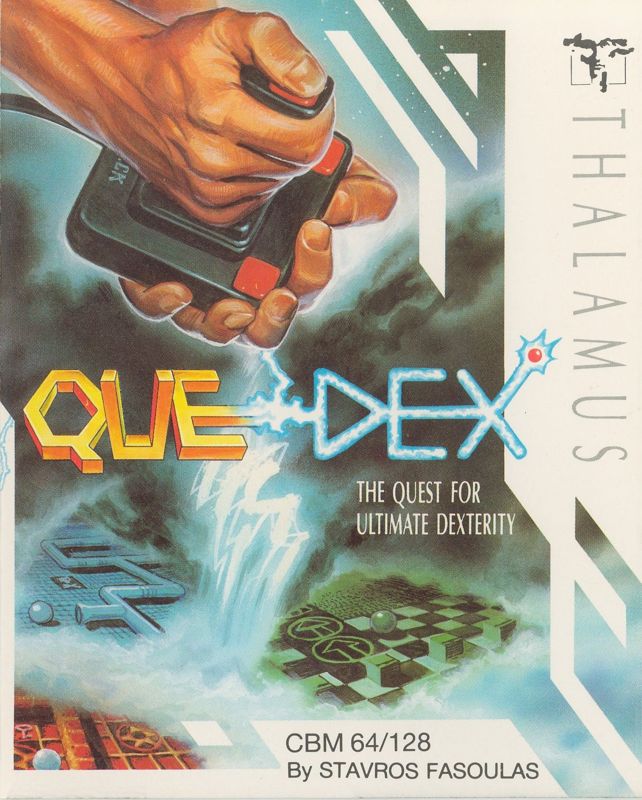

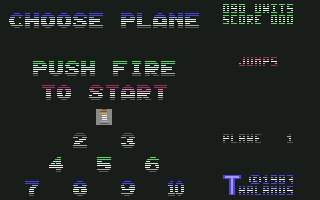
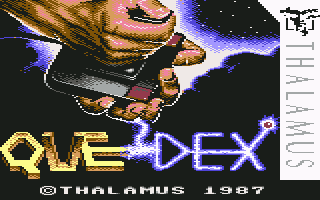
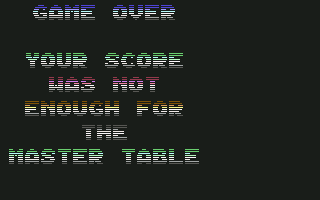
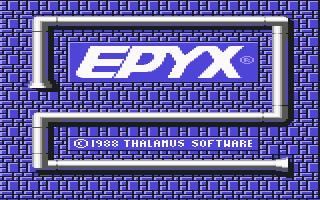



Reviews
There are no reviews yet.